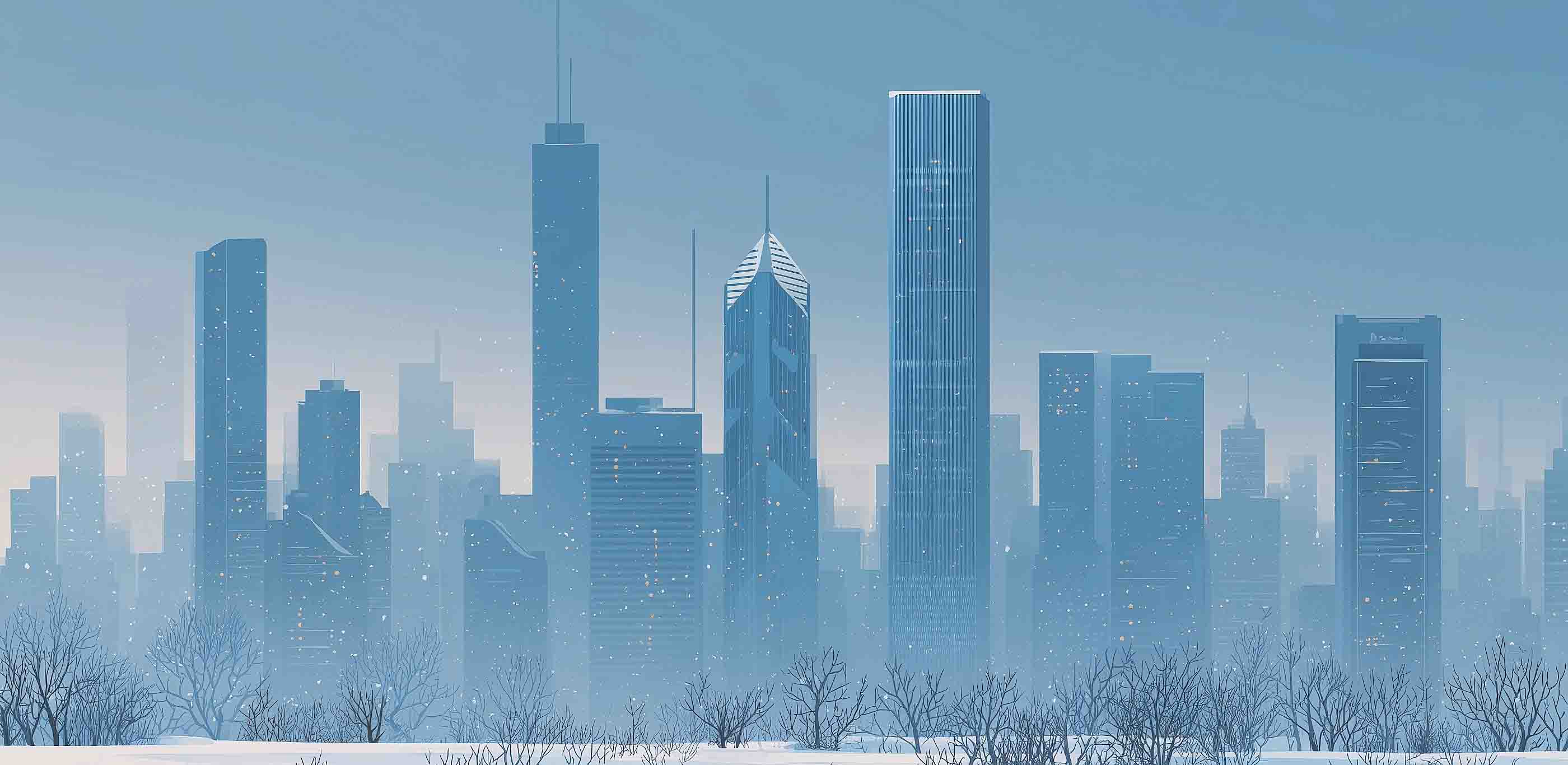Winter Building Preparations: Essential HVAC and Fire Safety Checks
Preparing your building properly now can prevent costly breakdowns, ensure safety, and keep you compliant

As winter approaches, building owners and facilities managers face the challenge of maintaining their properties' warmth, safety, and compliance. The colder months put extra strain on heating systems and increase fire risks, making autumn the perfect time for essential maintenance checks. Preparing your building properly now can prevent costly breakdowns, ensure safety, and keep you compliant with regulations throughout the winter period.
Winter Building Preparations: Essential HVAC and Fire Safety Checks
Why Winter Preparation Matters
Winter weather creates unique challenges for commercial buildings. Heating systems work harder, windows and doors stay closed for more extended periods, and reduced ventilation can lead to poor air quality. These conditions increase the risk of system failures and fire hazards. Regular maintenance before winter arrives helps identify potential problems early, save money, and prevent dangerous situations.
Cold weather also affects building materials and systems in ways that aren't immediately obvious. Ductwork can contract and develop gaps, seals may fail, and filters become clogged more quickly due to increased system usage. Taking a proactive approach to winter preparation protects your investment and ensures the safety of occupants.
Essential HVAC System Checks
Your heating, ventilation, and air conditioning system needs a thorough inspection before winter begins. Begin with a detailed inspection of the duct system to identify any damage, blockages, or air leaks. Damaged air ducts waste energy and reduce heating efficiency, leading to higher bills and uncomfortable working conditions.
Ventilation maintenance should include cleaning or replacing all filters, checking fan belts, and ensuring all vents are clear of obstructions. Clean filters improve air quality and system efficiency, while blocked vents can cause strain on the system and result in uneven heating. Professional technicians should regularly inspect heat exchangers, check refrigerant levels, and test all safety controls to ensure optimal performance.
Boiler systems require special attention during the winter preparation period. Check water levels, inspect for leaks, and ensure all safety valves work properly. Gas connections should also be checked for leaks, and flue systems need to be inspected to prevent carbon monoxide buildup. These checks aren't just about efficiency - they're critical for occupant safety.
Fire Safety System Inspection
Winter increases fire risks due to higher heating loads and reduced ventilation. Fire dampers prevent the spread of fire through ventilation systems, making their inspection essential before winter. These devices automatically close when they detect heat or smoke, stopping the fire from travelling through ductwork to other parts of the building and reducing the risk of potential hazards.
Fire damper testing should be done by qualified professionals who understand the technical requirements. They'll check that dampers close properly, inspect actuator mechanisms, and ensure all components meet current standards. Failed fire dampers can allow fires to spread rapidly through buildings, putting lives at risk and causing extensive damage.
Fire safety compliance involves more than just damper testing. Smoke detection systems, fire alarms, emergency lighting, and sprinkler systems all need checking before winter. Exit routes must be clearly marked, and emergency procedures should be regularly reviewed with staff. These systems work together to protect occupants, so all components must function correctly.
Understanding BS 9999 Requirements
BS 9999 provides the code of practice for fire safety in buildings, setting standards for fire prevention, detection, and escape routes. This standard is particularly relevant during winter when heating systems increase fire risks and weather conditions may affect escape routes.
The standard covers everything from fire risk assessment to system design and maintenance requirements. It emphasises the importance of regular testing and maintenance, especially for critical systems like fire dampers and ventilation controls. Understanding BS 9999 requirements helps ensure your building meets current safety standards and regulatory expectations.
Compliance with BS 9999 isn't just about meeting minimum requirements; it's about creating a comprehensive fire safety strategy. This includes regular staff training, clear evacuation procedures, and ongoing maintenance of all fire safety systems. Winter preparation should consist of reviewing all these elements to ensure they remain effective in cold weather conditions over the long term.
Identifying When Remedial Works are Needed
Inspections reveal problems that could affect safety or compliance, requiring remedial work. Common issues include damaged fire dampers, blocked ductwork, faulty heating controls, or inadequate ventilation. Identifying these problems early prevents them from becoming major issues during winter.
Professional inspections often reveal hidden problems that building managers might miss. Corroded components, worn seals, or gradual system deterioration can compromise safety and efficiency. Remedial works should be prioritised based on safety risks, with fire safety systems taking precedence over comfort issues.
Planning remedial works before winter ensures repairs can be completed without disrupting building operations. Emergency repairs during cold weather are more expensive and disruptive than scheduled maintenance. Working with qualified contractors who understand fire safety compliance requirements ensures work meets current standards.
Creating a Winter Maintenance Schedule
Successful winter preparation requires systematic planning and regular maintenance schedules to ensure optimal performance. Begin with a comprehensive building survey to identify all systems that need attention. Create a priority list that focuses on safety-critical items, such as fire dampers, heating systems, and emergency equipment. Professional ventilation inspection should be scheduled annually, with additional checks before winter.
Acting for Winter Readiness
Preparing your building for winter requires professional expertise and systematic planning. Don't wait for problems to develop – schedule essential checks now to ensure your building remains safe, warm, and compliant throughout the winter months.
Contact qualified specialists to assess your building's winter readiness and develop a comprehensive maintenance plan that addresses all safety and compliance requirements.

.png)
.png)
.jpg)